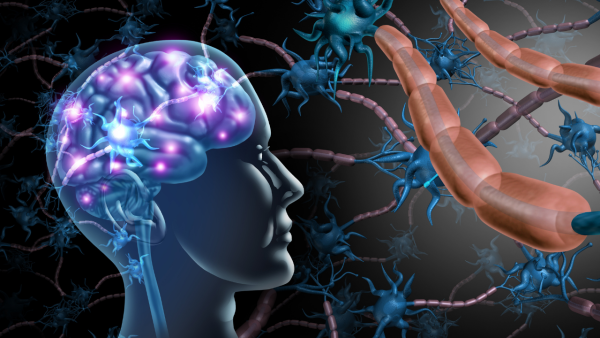5 distinct “eras” of brain development and major one happens at this age
While the law may consider you an adult at 18, your brain tells a different story. A new study by the University of Cambridge has mapped five distinct “eras” of brain development, revealing that major rewiring and structural changes continue well into your 30s, and even beyond, with further shifts in later life.
The research, one of the most comprehensive of its kind, analysed brain scans of nearly 4,000 people ranging from infants to 90-year-olds. Scientists identified four major turning points at roughly ages 9, 32, 66, and 83, marking significant changes in how brain networks are organised and communicated.
The five eras of brain development , according to the new study
1. Childhood (Birth to 9 years):
During early childhood, the brain undergoes a process called “network consolidation.” Babies are born with a surplus of synapses, the connections between neurons. Over time, weaker connections are pruned, leaving the strongest ones intact. Grey and white matter grow rapidly, cortical thickness peaks, and the brain’s characteristic folds stabilize. Interestingly, the overall efficiency of the brain’s wiring temporarily decreases as this reorganisation takes place.

2. Adolescence (9 to 32 years):
This long era is marked by growth in white matter and more efficient communication across brain networks. Cognitive abilities improve steadily during this phase, and it coincides with the period when many mental health disorders tend to emerge.
3. Adulthood (32 to 66 years):
Around the age of 32, the brain enters its “adult mode,” which lasts over three decades. Neural architecture stabilises, and brain regions become more compartmentalised. This corresponds to a plateau in intelligence and personality traits seen in other studies. Life events such as parenthood may also influence some structural changes during this period.
4. Early Ageing (66 to 83 years):
Connectivity in the brain begins to decline due to gradual degeneration of white matter. Cognitive flexibility and processing speed may reduce, reflecting the natural ageing process.
5. Late Ageing (83 years and above):
The final phase sees further reductions in global connectivity. The brain increasingly relies on localised regions, reflecting structural and functional changes associated with advanced age.

Why it matters
The study challenges the common assumption that brain development is smooth and linear. By identifying distinct phases, scientists hope to better understand when the brain is most vulnerable to disease, mental health disorders, or lifestyle influences.
The research, one of the most comprehensive of its kind, analysed brain scans of nearly 4,000 people ranging from infants to 90-year-olds. Scientists identified four major turning points at roughly ages 9, 32, 66, and 83, marking significant changes in how brain networks are organised and communicated.
The five eras of brain development , according to the new study
1. Childhood (Birth to 9 years):
During early childhood, the brain undergoes a process called “network consolidation.” Babies are born with a surplus of synapses, the connections between neurons. Over time, weaker connections are pruned, leaving the strongest ones intact. Grey and white matter grow rapidly, cortical thickness peaks, and the brain’s characteristic folds stabilize. Interestingly, the overall efficiency of the brain’s wiring temporarily decreases as this reorganisation takes place.

2. Adolescence (9 to 32 years):
This long era is marked by growth in white matter and more efficient communication across brain networks. Cognitive abilities improve steadily during this phase, and it coincides with the period when many mental health disorders tend to emerge.
3. Adulthood (32 to 66 years):
Around the age of 32, the brain enters its “adult mode,” which lasts over three decades. Neural architecture stabilises, and brain regions become more compartmentalised. This corresponds to a plateau in intelligence and personality traits seen in other studies. Life events such as parenthood may also influence some structural changes during this period.
4. Early Ageing (66 to 83 years):
Connectivity in the brain begins to decline due to gradual degeneration of white matter. Cognitive flexibility and processing speed may reduce, reflecting the natural ageing process.
5. Late Ageing (83 years and above):
The final phase sees further reductions in global connectivity. The brain increasingly relies on localised regions, reflecting structural and functional changes associated with advanced age.

Why it matters
The study challenges the common assumption that brain development is smooth and linear. By identifying distinct phases, scientists hope to better understand when the brain is most vulnerable to disease, mental health disorders, or lifestyle influences.
Contact to : xlf550402@gmail.com
Copyright © boyuanhulian 2020 - 2023. All Right Reserved.